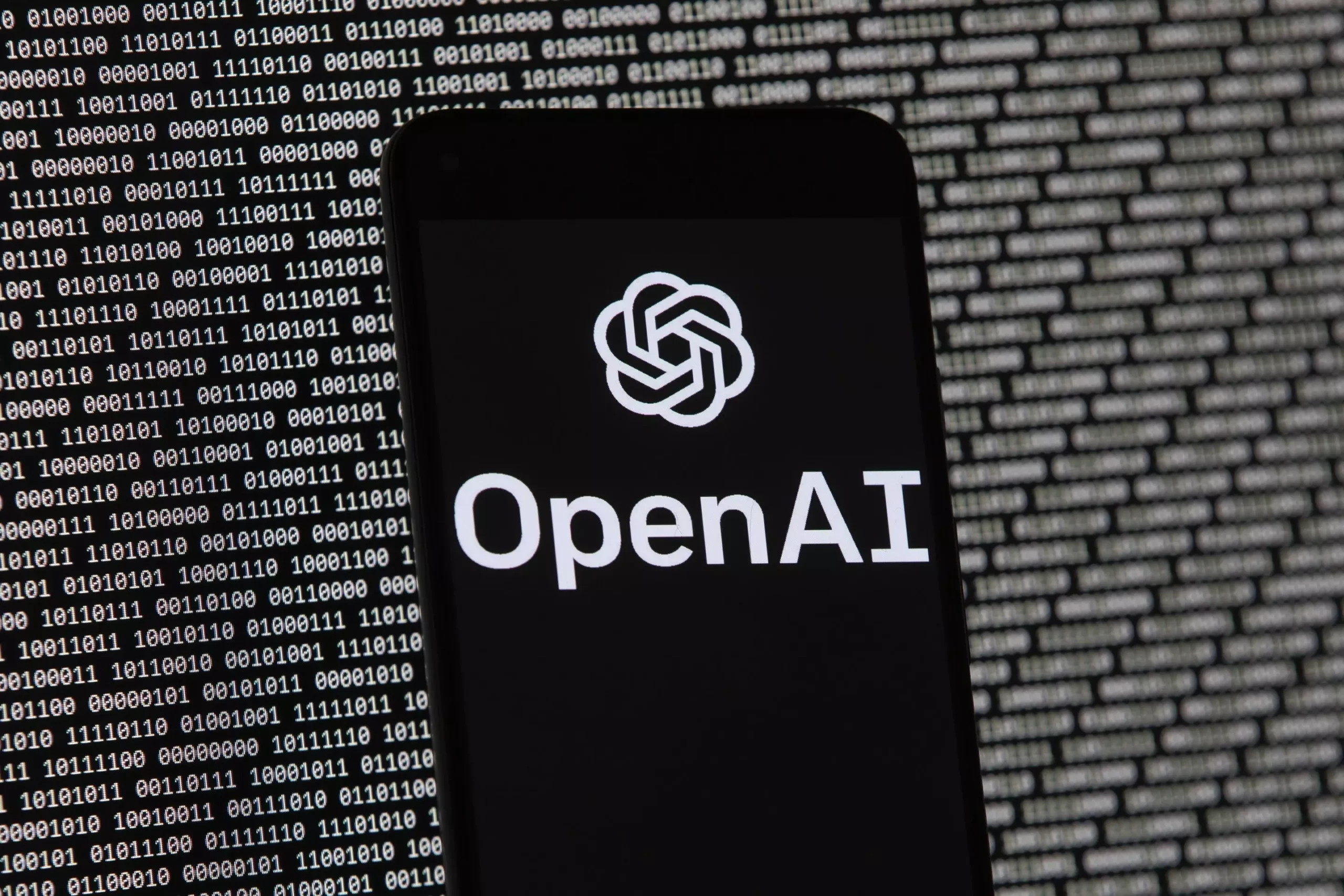In 2016, a fledgling scientific research organization named OpenAI was founded with a bold ambition: to enhance digital intelligence in a manner that would genuinely benefit humanity. Incorporated in Delaware and headquartered in Mountain View, California, OpenAI applied for tax-exempt status through the Internal Revenue Service (IRS). The organization, backed by notable figures like its CEO Sam Altman, sought to operate outside the constraints of typical profit-driven motives, a principle that resonated deeply with the ethos of nonprofit organizations. This was an ambitious aim, especially considering the context of rapidly evolving technology and competitiveness in the field of artificial intelligence (AI).
Upon scrutiny of OpenAI’s initial application—with a substantial $10 million loan from Altman—one can discern the organization’s early strategic vision. The founders articulated a desire to remain uninfluenced by the profit-driven motives typically associated with commercial ventures, emphasizing their intention to keep research open to the public. However, the trajectory of OpenAI would soon indicate a complex relationship with these very commercial modalities they once eschewed.
Fast forward a few years; OpenAI has transitioned from its initial nonprofit aspirations to encompass a for-profit subsidiary now valued at a staggering $157 billion. Initially professing an aversion to forging partnerships with profit-centric entities, the organization has dramatically curved its path, raising significant questions about its evolving corporate structure and ethics. Experts in nonprofit governance are now weighing in on the implications of OpenAI’s rapid expansion and its blurred lines between charitable goals and commercial endeavors.
Despite the apparent inconsistency, representatives from OpenAI maintain that the organization’s core mission remains steadfast. As OpenAI spokesperson Liz Bourgeois recently stated, while the mission is unchanged, the means through which it is pursued have adapted to accommodate technological advancements. Effectively, as the landscape of AI evolved, so too did OpenAI’s operational strategies — a reflection of an organization learning to navigate the intricacies of an industry characterized by unpredictable growth.
Legal experts monitoring OpenAI’s remarkable journey have highlighted the challenges in reconciling nonprofit principles with aggressive commercial ambition. Nonprofit law specialist Andrew Steinberg pointed out that OpenAI’s approach appears carefully crafted to adhere to existing regulations. He emphasized that non-profits are required to disclose changes in objectives on their annual tax returns, an obligation OpenAI has purportedly met.
However, the core ethical dilemma remains: to what extent is OpenAI advancing its charitable mission? As the organization’s activities broaden, it raises pressing questions about potential private benefits to founders or employees, which would violate nonprofit statutes. OpenAI’s evolution encapsulates a pivotal tension within the nonprofit world, grappling with the need to generate revenue while claiming a philanthropic vision. The organization’s initial intent to offer its research freely and operate independently from commercial ventures draws a notable contrast against its current status engulfed in lucrative partnerships.
The organization’s initial research aims—which once included developing AI that could perform household tasks and follow complex natural language instructions—seem almost rudimentary against the backdrop of OpenAI’s modern capabilities. Today, it has leveraged significant advancements to produce tools like ChatGPT, which diverges dramatically from OpenAI’s original scope. This evolution prompts critical scrutiny: did the quest for innovation compromise the original mission of societal benefit?
Moreover, OpenAI’s pledge to retain ownership of its intellectual property raises strategic implications for its future corporate structure. Alterations to this asset management model could redefine the organization’s fiscal strategy, especially if it chooses to alter its current framework in response to investor pressures or market dynamics.
As OpenAI charts its path forward, the balance between technological innovation and ethical considerations will be pivotal. The organization’s ability to reconcile the profit-driven aspects of its operations with its foundational mission will determine both its legacy and role in the broader AI landscape. Will it continue to uphold its commitment to public benefit while navigating the intoxicating allure of financial success? As the excitement surrounding artificial intelligence ignites unprecedented advancements, OpenAI stands at a crossroads. The global community watches closely, awaiting the next chapter in the saga of one of the most influential players in this transformative field.


Leave a Reply